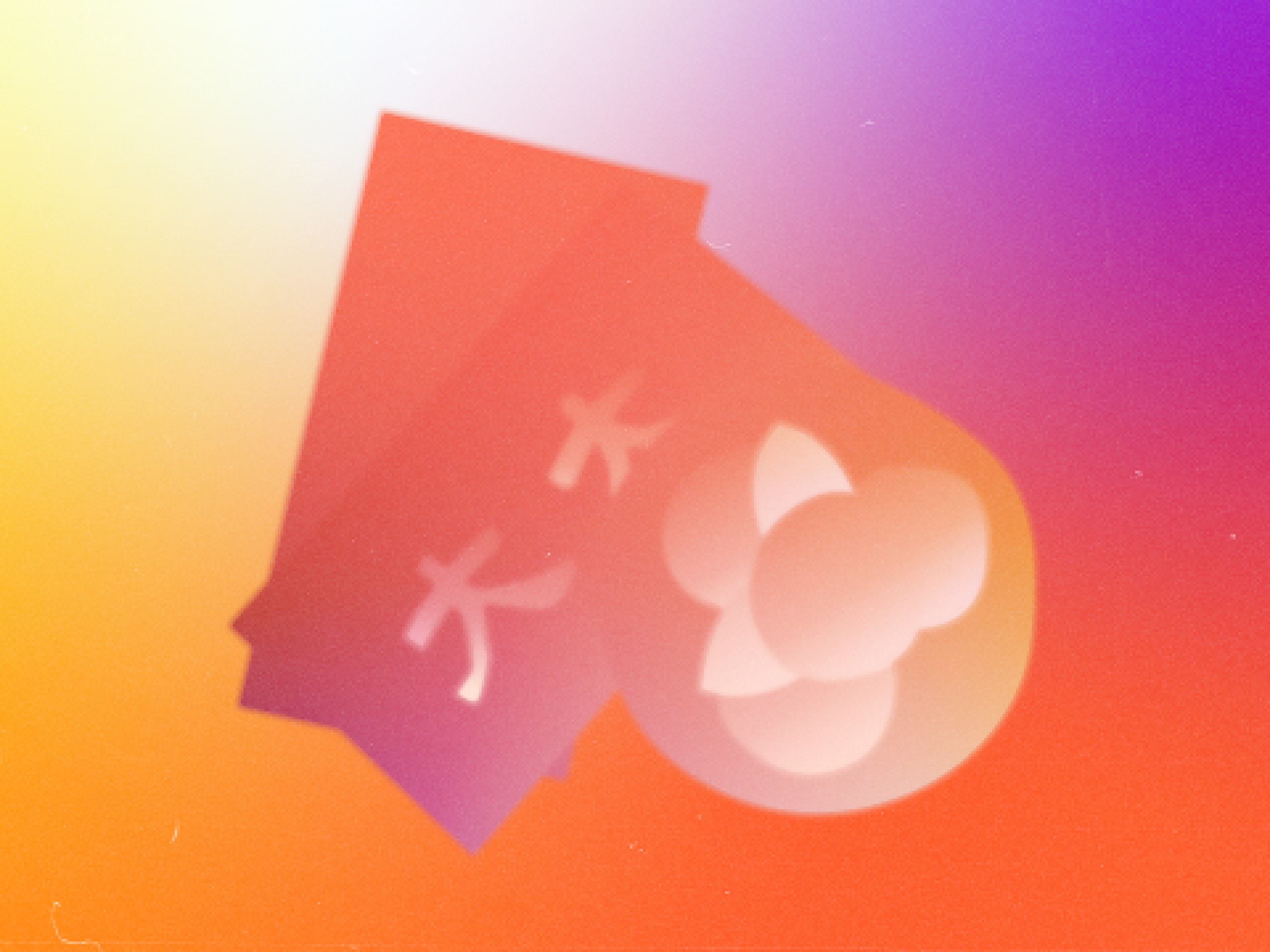Lunar New Year
For more than 1.5 billion people, the new year is ushered in with great celebration on the second new moon after the winter solstice.

While the new year begins on January 1 for those who follow the Gregorian calendar, for more than 1.5 billion people – nearly 20% of the world population whose cultures still mark the passage of time with the cycles of the moon – the new year is ushered in with great celebration on the second new moon after the winter solstice.
Renee Harleston
Reviewer URL
Names: Lunar New Year, Chinese New Year (Singapore), Tết (Vietnam), Solnal/Seollal (Korea), Imlek (Indonesia), and Spring Festival (China). It may also refer to Losar in Tibet and Tsaagan Sar in Mongolia, which are similar and may coincide, but follow a slightly different lunisolar calendar.
While the new year begins on January 1 for those who follow the Gregorian calendar, for more than 1.5 billion people – nearly 20% of the world population whose cultures still mark the passage of time with the cycles of the moon – the new year is ushered in with great celebration on the second new moon after the winter solstice.
Origin
The earliest instances of Lunar New Year celebrations are thought to have occurred in agricultural China during the Shang Dynasty (1600–1046 BC) and was formally affixed under Emperor Wu of Han (140–87 BC). Originally, Lunar New Year was an occasion to ask the gods for a bountiful harvest in the upcoming spring. This is why this winter holiday is known as Spring Festival today.
According to Chinese legend, many of the traditions around Lunar New Year celebrations sprang from fear of a beast named Nian who was believed to feast on livestock and human flesh on the eve of the new year. To drive Nian off, the people of China embraced all the things this creature detested: the color red, fire and loud noises.
For hundreds of years after, the Lunar New Year was the preeminent grand holiday for all of China, with 15 days of preparation, celebration, travel and events preceding it. During this time, as China’s influence and its people spread across Asia and beyond, so too did this holiday and its traditions. Various other Asian countries took on aspects of Spring Festival, from house cleaning to lion and dragon dancing to ceremonies honoring family ancestors. They also made it their own in various ways. For example, Vietnamese families will decorate their homes with kumquat trees, peach blossom branches and other flowers. Tibetans will replace their prayer flags and Koreans fly kites together.
When it is observed
Lunar New Year occurs on the second new moon after the winter solstice. It typically occurs sometime between January 21 and February 20.
Who observes this holiday
Those whose backgrounds include heritages from East and South Asian countries, e.g. China, Taiwan, Vietnam, South Korea, Singapore, Malaysia, Tibet, Thailand, Indonesia, Nepal, Mongolia, Bhutan, the Philippines, and parts of India and Japan.
Traditions
The Lunar New Year is a time of jubilant celebration across all cultures who honor it. It is a time for gathering, for family and for remembrance filled with joy, color and sound. Dances, including those performed by dragon and lion dancers, are typically staged. Firecrackers and fireworks are common as they ward off bad luck and malignant spirits, blocking them from entering the new year with the celebrants. Special signage and decorations to invite good fortune in and deter misfortune are also hung.
In China, the festivities extend for 15 days with seven of them counted as official state holidays, culminating in the benevolent, peace-focused Lantern Festival. Similarly, Tibet takes two weeks, while Vietnamese Tết lasts only three to seven days.
The most important aspect of any lunar new year celebration, however, is to be among friends and family. This prompts the largest annual human migration of people on earth as they hurry “home” to take part in religious ceremonies related to ancestor worship and for the important Reunion Dinner held on new year’s eve. During this meal, symbolic foods are prepared and eaten, including rice cakes, dumplings, long noodles, spring rolls, and generous cuts of meat and whole fish.
Specific traditions vary among national and age groups. For example, Chinese, Taiwanese and Malaysian children will receive special red envelopes of cash (hong bao or lai see). Managers or bosses may proffer these to their staff. Vietnamese people will also give lucky money to youngsters and seniors. In Northern China, Mongolia, and other parts of Asia, family members will spend hours wrapping dumplings together. It is customary for the Chinese to wear red and the Vietnamese to add yellow to their outfits. Filipinos will put on polka dots as they also do for Gregorian New Year’s Eve, while Korean new year celebrations include donning traditional hanbok for sebae and incorporating a family game night.
The celebrations conclude with visits to family and friends to offer good-luck gifts and wish them happiness and health on the first day of the new year.
What to say
“Happy New Year” is a warm and common greeting that will avoid any of the awkwardnesses of mispronunciation and/or incorrect assumptions of language spoken or understood by the recipient.
In Mandarin Chinese, it is common to say “Xīnnián hǎo (新年好)” or the more formal “Xīn nián kuài lè ( 新年快乐)”, while the Cantonese Chinese greeting “Gong hei fat choy (恭喜发财)” has been in common use in the United States for decades due to the earlier immigration of Cantonese-speakers.
In Vietnamese, the most common greeting is “Chúc mừng năm mới” for “Happy new year,” sometimes followed by “An khang thịnh vượng” as a wish for health and prosperity.
The Korean greeting is “saehae bok manhi badeuseyo (새해복많이받으세요),” which is a wish for luck in the new year.